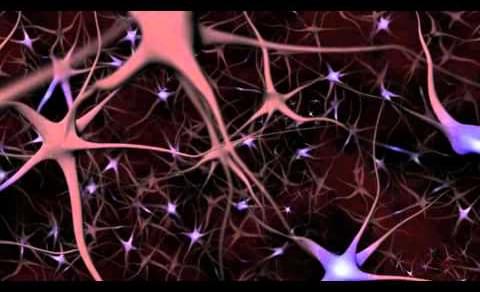A new study challenges the common belief that human brain’s functions such as learning, memory, and perception occur in the central part of neurons called soma. In a brain structure, neurons’ three-like feature has soma in the middle and branches called dendrites. Soma will spike whenever there is data that needs processing and dendrites will communicate with each other — but not until the University of California, Los Angeles discovered the opposite.
UCLA team tested the theory of “soma to dendrites” and found a contradicting result. Dendrites are electrically active and generate 10 times more spikes that somas. Scientists are now on to new finding that dendrites’ role is to form and store memories.
According to Mayank Mehta, senior author of the study, dendrites are not passive conduits. They themselves are moving around freely and generate spikes or brain activity. This also shows that 90 percent of the brain is being utilized since dendrites comprise 90 percent of the brain tissue. Meaning, the human brain has almost 10 times more computational capability than previously thought.










Comments are closed.